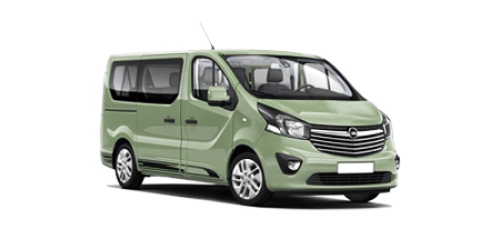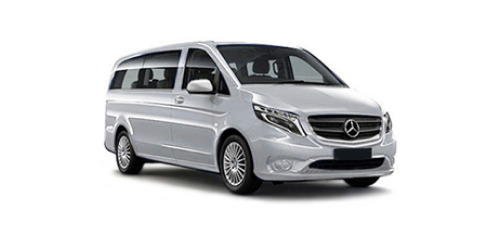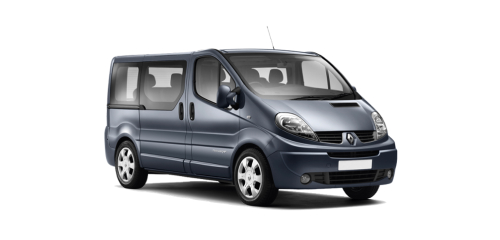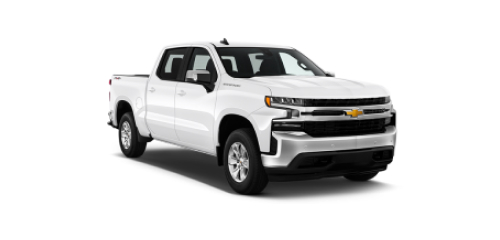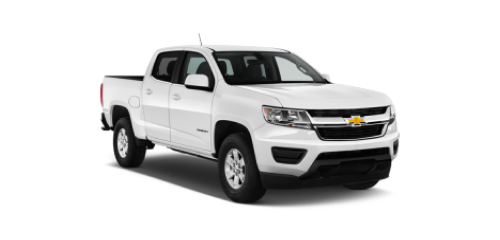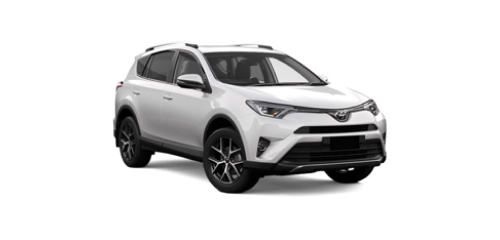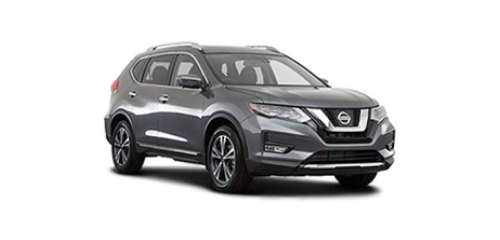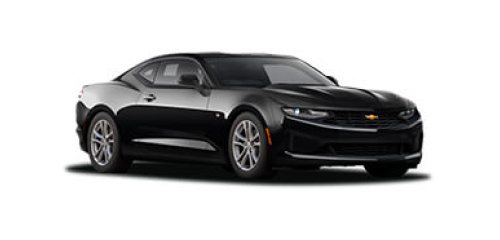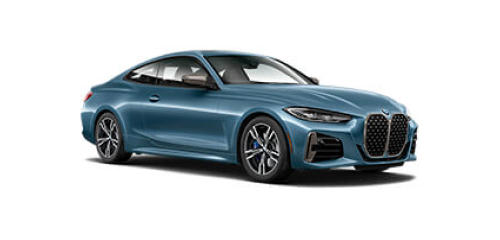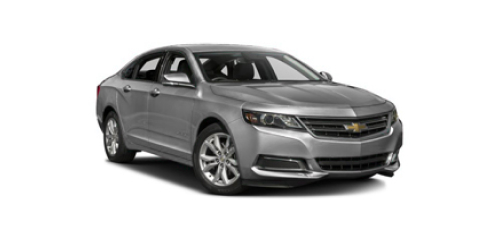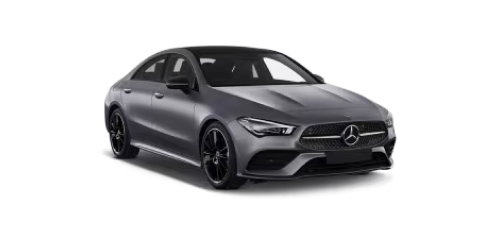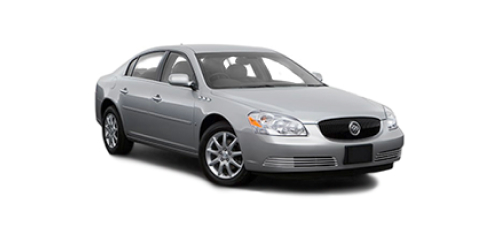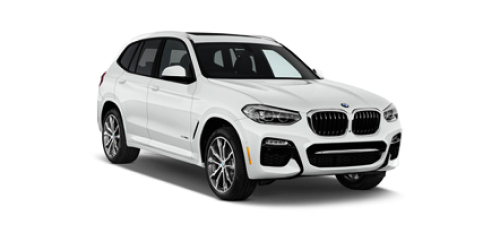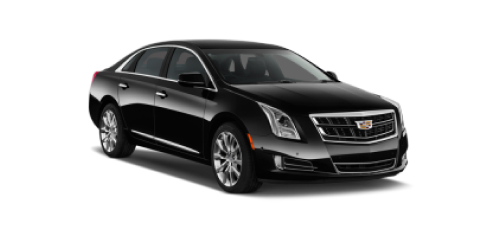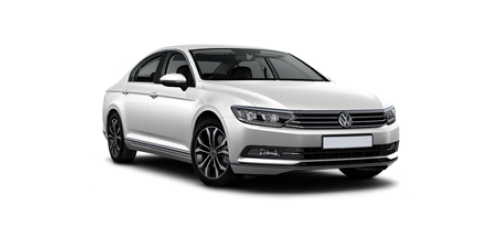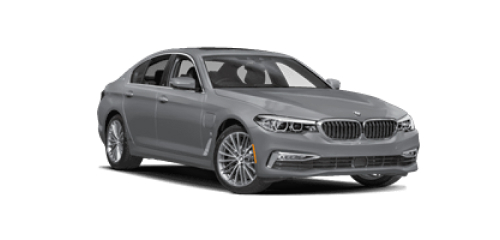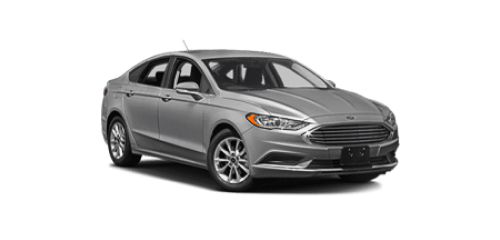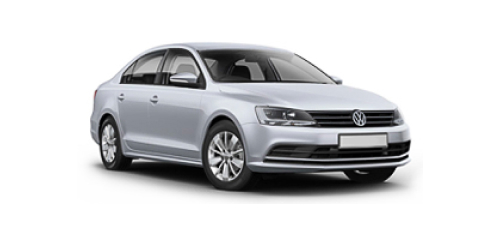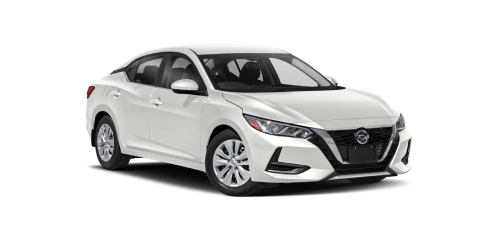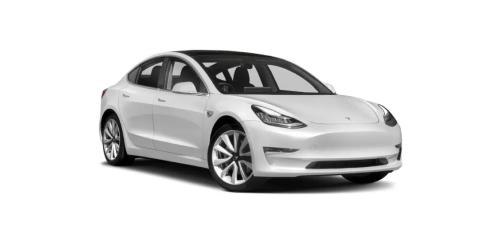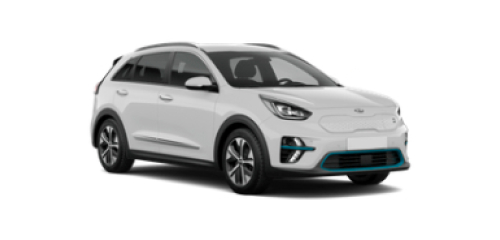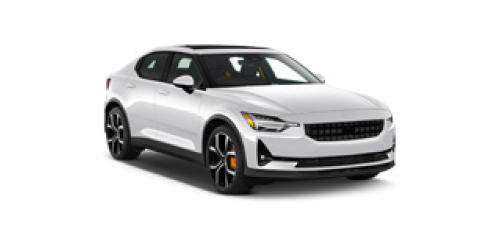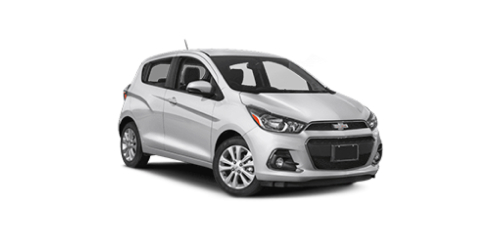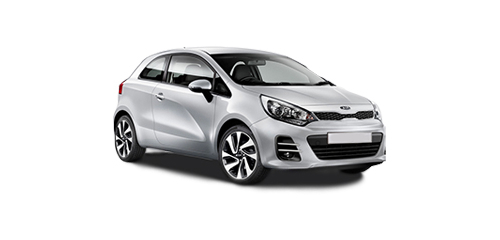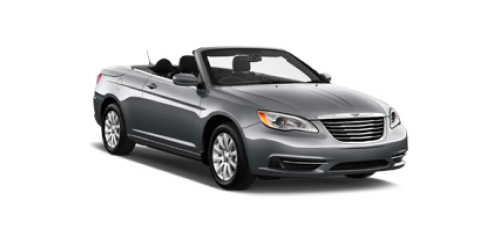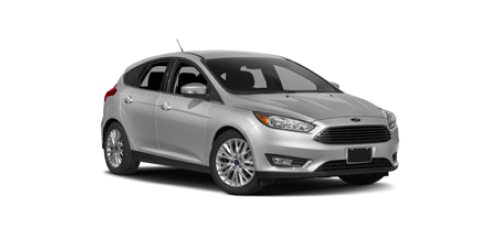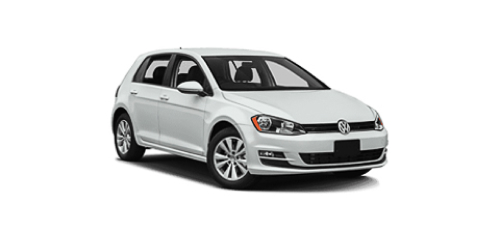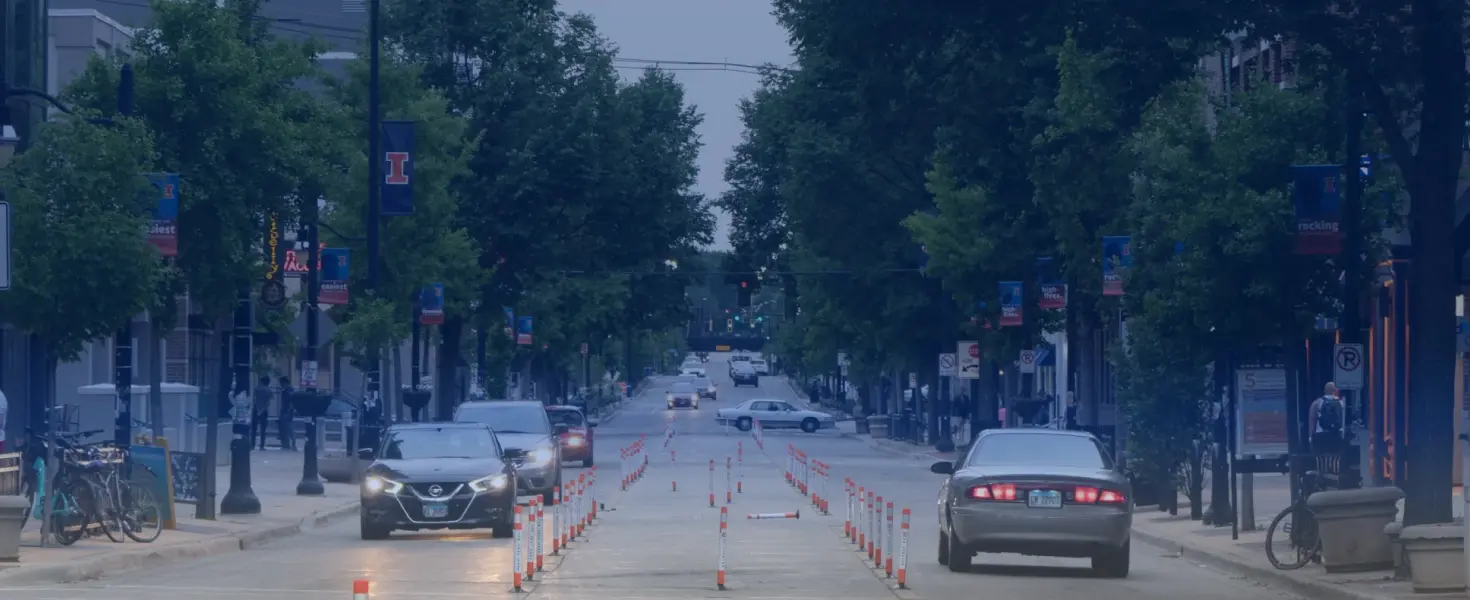
Cheap Car Rental in Santiago De Compostela
- Secured payment guarantee
- 4 million users
- Multi-language support
- Booking of any class cars
- 600 providers worldwide

Tips for Renting a Car Inexpensively in Santiago de Compostela
- Looking for a cheap car rental in Santiago de Compostela? With Economybookings, you can easily compare multiple providers to find the best possible deal across the country. Whether you're exploring major cities or venturing into rural regions, a quick comparison can save you time and money.
- Compare pickup locations – Select the broader city instead of a specific location to unlock more deal options, including off-airport savings.
- Slightly adjust pickup times and dates – Even changing your booking by an hour can reveal lower rates.
- Choose economy or compact cars – These vehicle types are usually the most budget-friendly.
- Book early – Especially during peak travel seasons (summer, holidays), advance booking helps secure lower prices and better availability.
Tips When Renting a Car in Santiago de Compostela
- Santiago is a popular destination for religious and cultural tourism, and it gets especially busy during Holy Week and on July 25 (St. James' Day and Galicia Day). If you're planning to visit around those dates, it's a good idea to book your rental car in advance to secure availability and better rates.
- If you want to explore Galicia by car, a convenient option is to rent at Santiago Rosalía de Castro Airport (SCQ), where most rental companies are based. You'll also find rental offices near Daniel Castelao train station, and sometimes you can find cheaper rates there if you book ahead.
- Driving around Galicia is a great experience thanks to its scenic roads, but many routes are quite winding, so it's worth renting a reliable car with a good engine. For coastal drives, an SUV can be ideal. But for getting around the city center, a smaller car is your best bet.
Driving Tips in Santiago de Compostela
- Always carry your driver's license, rental contract, and insurance documents.
- Drive on the right, overtake on the left, and always signal your intentions.
- Pedestrians have the right of way at crosswalks; make sure you stop for them.
- Roundabouts require attention. Pick your lane before entering: inner lane for overtaking and outer lane for exiting. Yield to vehicles already in the roundabout and signal right before exiting.
- Popular gas stations include Repsol, Galp, and Cepsa.
- Spain has strict alcohol laws: the limit is 0.5 g/L (0.3 if your license is under two years old). Fines can easily exceed €500.
- Regulated parking (blue zones and long-stay areas) in Santiago runs Monday to Friday from 10 AM to 2 PM and 4:30 PM to 8 PM, and Saturday mornings. Sundays and holidays are free. You can easily pay and extend time using apps like Moviltik or Telpark.
Speed Limits
- 120 km/h (75 mph) on highways.
- 90 km/h (55 mph) on secondary roads.
- 50 km/h (31 mph) on city streets.
- 30 km/h (19 mph) on residential or narrow streets.
- 20 km/h (12 mph) in shared pedestrian zones.
Due to the high number of pilgrims and foot traffic, extra caution is advised around the city center and near the cathedral.
Road Signs
Road signs in Santiago de Compostela follow the European standard: clear icons and limits in km/h. The old town has many restricted access areas, well-marked with vertical signs. You'll also see lots of 30 km/h zones and warning signs for pedestrians or pilgrims, especially along stretches of the Camino de Santiago. Look out as well for bus and taxi lanes in central areas, clearly marked.
Tolls and Restricted Zones
There are no toll roads or active environmental restrictions within the city itself. However, if you plan to explore Galicia, keep in mind that parts of the AP-9 are toll roads, especially if heading toward A Coruña, Vigo, or the Portuguese border. Santiago's historic center is largely pedestrianized or restricted to traffic, so it's best to park in nearby garages and continue on foot.
Discover Santiago de Compostela by Car
Santiago de Compostela is the final destination of the famous Camino de Santiago, but also a fantastic base for exploring the rest of Galicia. With a rental car, you'll have access to peaceful rural areas and breathtaking landscapes.
Head to the Rías Baixas and enjoy fresh seafood in O Grove, drive along the Costa da Morte to visit the lighthouse at Fisterra, or explore charming towns like Combarro and Allariz. The region is lush, quiet, and rich in history, perfect for a road trip with a difference.
When to Visit
- May–June: A great time to avoid the heaviest rain and enjoy a livelier atmosphere.
- July: The city celebrates its biggest event, St. James's Day (July 25), with concerts and street festivities.
- September: Mild weather and fewer pilgrims than in peak summer months.
Languages & Communication
Spanish and Galician are both official languages in Santiago. You'll see Galician on signs and official materials, but you don't need to speak it; Spanish is spoken everywhere. In tourist areas and along the Camino de Santiago, it's common to find people who speak English and other languages, especially during peak pilgrimage season.
Currency & Payments
The euro (€) is the currency in Santiago de Compostela. Credit and debit cards are widely accepted, even in the old town. Still, if you're planning to shop at traditional stores, grab a snack from a roadside vendor, or stop at a small local bar, it's a good idea to have some cash on hand. ATMs are easy to find around the city.
Top Driving Routes from Santiago de Compostela
- Costa da Morte: Dramatic coastal roads through Muros, Carnota, and to the iconic lighthouse at Fisterra.
- Rías Baixas: Discover towns like Combarro or Cambados, enjoy top-notch seafood, and relax on beaches like A Lanzada or Sanxenxo.
- Thermal Route to Ourense: Head inland for riverside views and open-air thermal baths.
- A Coruña: Just over an hour away, this vibrant coastal city has the Tower of Hercules, urban beaches, and a scenic seafront promenade.
- Fervenza do Toxa Forest: Waterfalls, walking trails, and native Galician woodlands, just an hour's drive from the city.
Experience the top locations with car rental in Santiago De Compostela
Opening hours
Address
Documents on pick-up
Credit Card
Take your credit card in the main driver`s name with a limit large enough to cover the excessPassport
Take your passportDriving License
Take your local and international driving licenseAll car rental in Santiago De Compostela
Discover the cheapest car rental in Santiago De Compostela
* Disclaimer: Prices displayed may not reflect today's rates.
What our customers say
Car rental companies in Santiago De Compostela
We have prepared a shortlist of top rental companies in Santiago De Compostela. To save both time and money compare offers on EconomyBookings.com to find the best deal.















